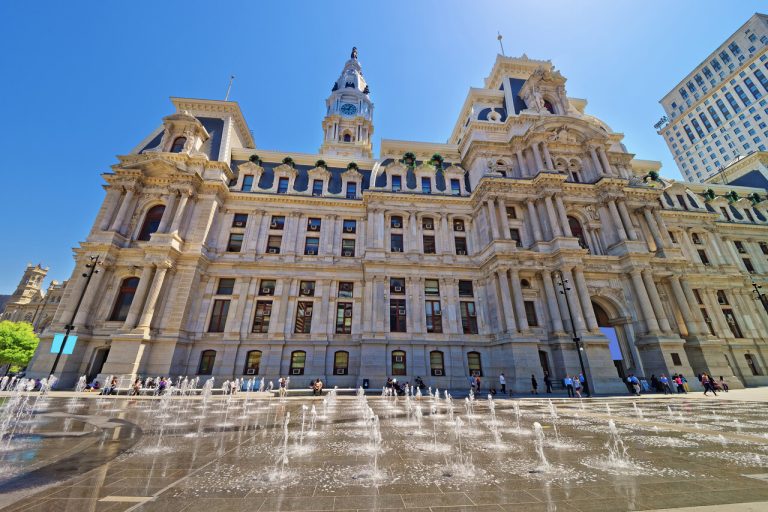10 Countries Some Travelers Are Avoiding In 2025 And Why?

In 2025, travel enthusiasts are prioritizing safety and stability over adventure and risk when selecting a destination. In addition to global political instability, health issues, crime rates, and shifting visa/enforcement rules have conspired to deter others from locales that many once considered hotspots. Here are 10 countries where tourist interest is declining, whether due to government advisories, press coverage, or traveler sentiment, along with the reasons behind the caution.
Yemen
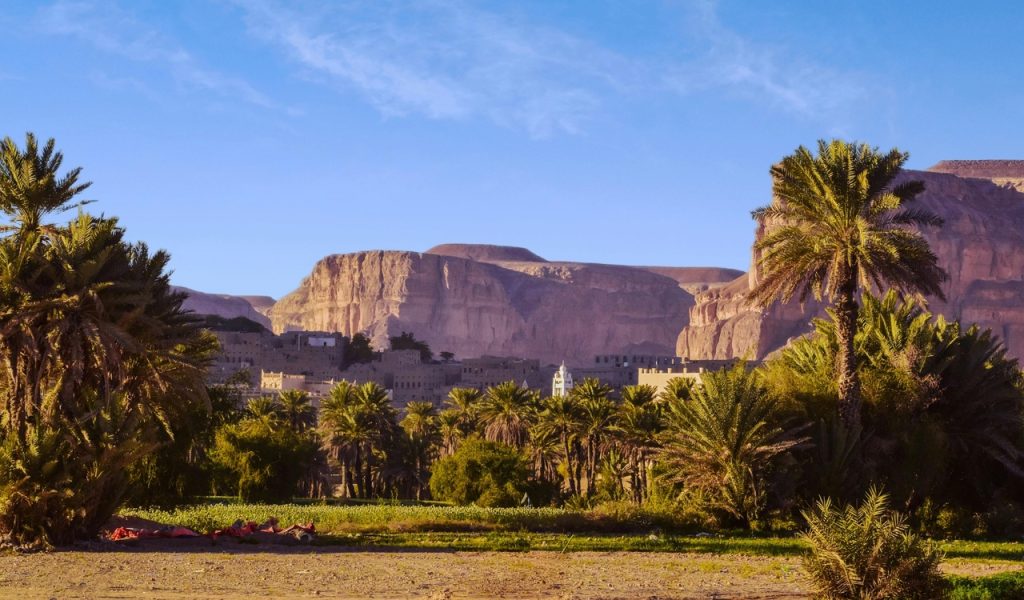
Yemen has largely been shunned by tourists, with its long-running civil war and humanitarian disaster, and decimated infrastructure. Foreign governments have issued strong “do not travel” advisories because of active combat, terrorism, and the threat of kidnapping. Vital healthcare and transportation services have broken down in certain areas. For the vast majority of travelers, the risk is not worth whatever might be luring on that date in 2025.
Syria
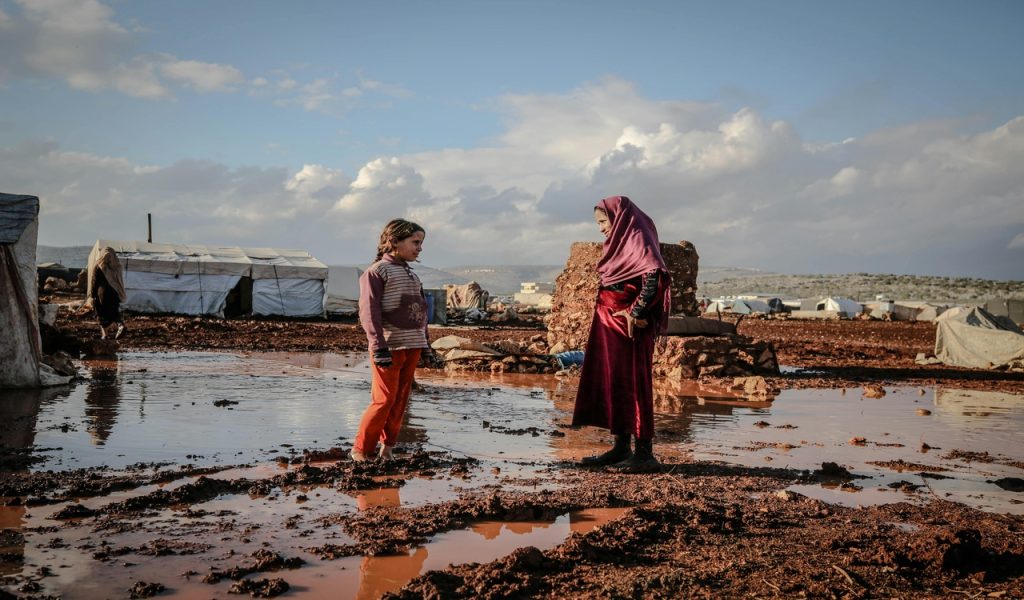
Syria will stick to the list of countries travelers can not visit, because it is still in a state of war, its security situation is unstable, and violence can flare up unexpectedly. The destruction of bombings, airstrikes, and terror group activity persists, and some areas are too difficult to access or are too dangerous. Travel advisories have warned about land mines, destroyed infrastructure, and unreliable law enforcement. Even in relatively safe cities, essential services are overwhelmed. And it’s a place that many people are avoiding right now, unless they absolutely have to be there.
Afghanistan
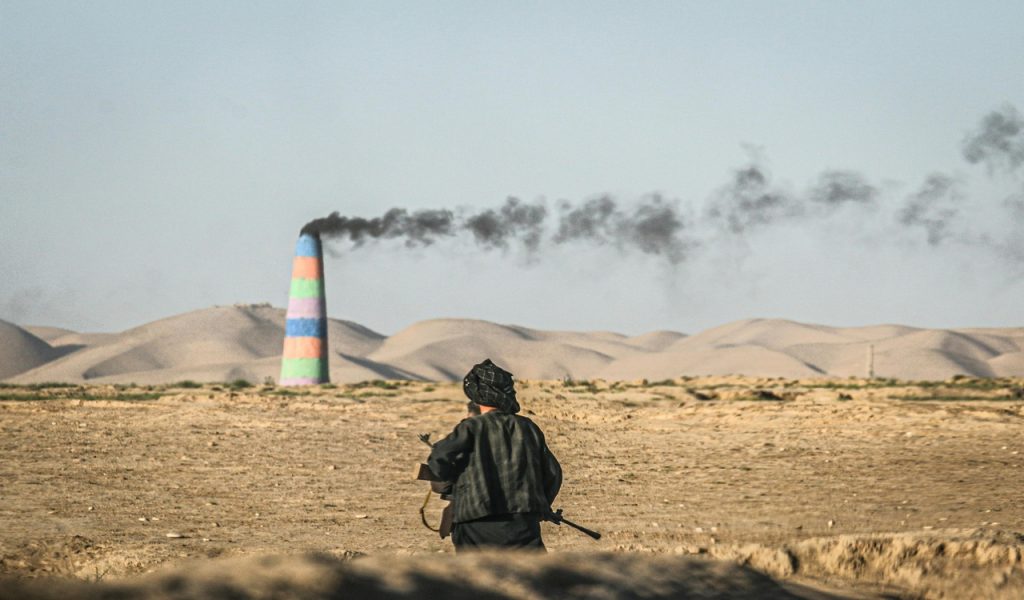
Afghanistan is at the top of many “avoid” lists. Foreign visitors would face extreme risks, including arbitrary detention, violence, and limited ability for rescue or assistance by their governments, given the decades of conflict, changing political control, and militant activity. Advisories indicate that there is weak infrastructure, a lack of medical facilities, regular security incidents, and an unpredictable daily life in the nomad camps. For the time being, it remains out of reach for most travelers.
Iran

Traveling to Iran remains highly risky in 2025, particularly for dual nationals and foreigners. Issues include arbitrary detention, whether for political or religious reasons, as well as movement restrictions and inconsistent application of the law, particularly in border regions. Diplomatic relations with several Western countries are strained, which could complicate the process of securing consular aid in the event of an issue. Furthermore, security concerns in a region frequently affect its neighbors; risks are thus more contagious.
Burkina Faso

Terrorism and kidnapping have become rampant in Burkina Faso over the past few years, particularly in its northern and border areas. These threats are cautioned as part of government advice to travelers, along with ineffective law enforcement and poor infrastructure – especially in rural areas. Attacks targeting unarmed civilians and travelers are less uncommon than before. For the time being, at least, traveling to this region is ill-advised until we have greater certainty about how severe the security conditions will become.
Haiti
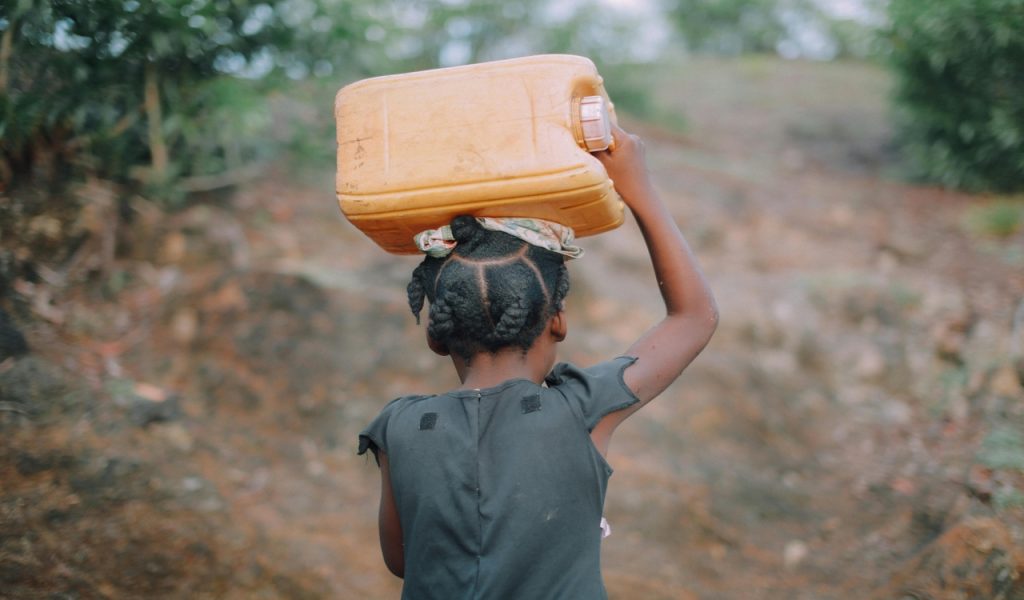
Many travelers are not going to Haiti due to political unrest, high levels of crime, and gang violence within its city limits, such as Port-au-Prince. Disruptions follow protests, looting, and public safety concerns. There are also infrastructure issues – roads, healthcare, and utilities are not the most reliable – that make staying there more stressful than relaxing. Several foreign advisories advise against all travel there, as it is not deemed essential.
South Sudan
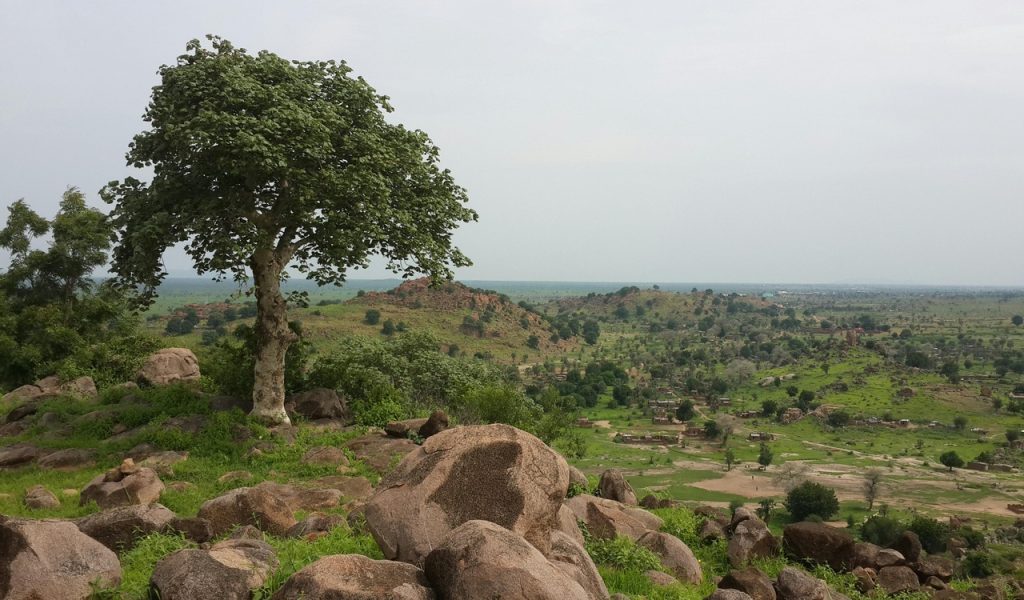
For tourists, South Sudan continues to be a dangerous country, as it is still overshadowed by civil conflict, absent effective governance, and plagued by cattle thefts and intercommunal violence. Large portions of the country have limited to no access to healthcare, clean water, and other essential services, which could exacerbate the risks. Foreign advisories frequently warn people against traveling in parts of South Sudan. And in regions considered safer, the absence of infrastructure and uncertainty about violence can make travel there a disconcerting prospect.
Venezuela

Political nightmares, economic implosions, sky-high inflation, and crime are just a few reasons why that is the case. Crippled by shortages of basics, a devalued currency, erratic utilities (electricity and water), and high levels of violent crime, the country has deterred many would-be visitors. Travel advisories often focus on the threat of kidnapping, robbery, or civil unrest. While natural beauty and cultural riches remain, many are opting to hold off on or redirect travel plans.
Mali

Mali is another country they are currently avoiding in 2025. Travel in restive northern and central regions is dangerous due to terrorist activity, banditry, and sectarian violence. Numerous advisories also state that infrastructure is poor, medical facilities are scant, and local security services can be overstretched. Tourists risk getting stuck in conflict zones or getting kidnapped there. Unless you have a very good reason and take significant precautions, you should believe that traveling to Mali is currently unsafe.
Libya

In 2025, Libya remains a high-risk destination. This country is so dangerous because of years of civil war, the continued rule of militias, not knowing how many governments ago a particular law was adopted, and sporadic fighting. Long standing insecurity and degraded law and order, including landmines, robbery, and ungoverned areas, add complexity to movement. Foreign governments continue to put out “do not travel” warnings, and many parts of Libya are still unsafe even for experienced travelers or aid workers.




